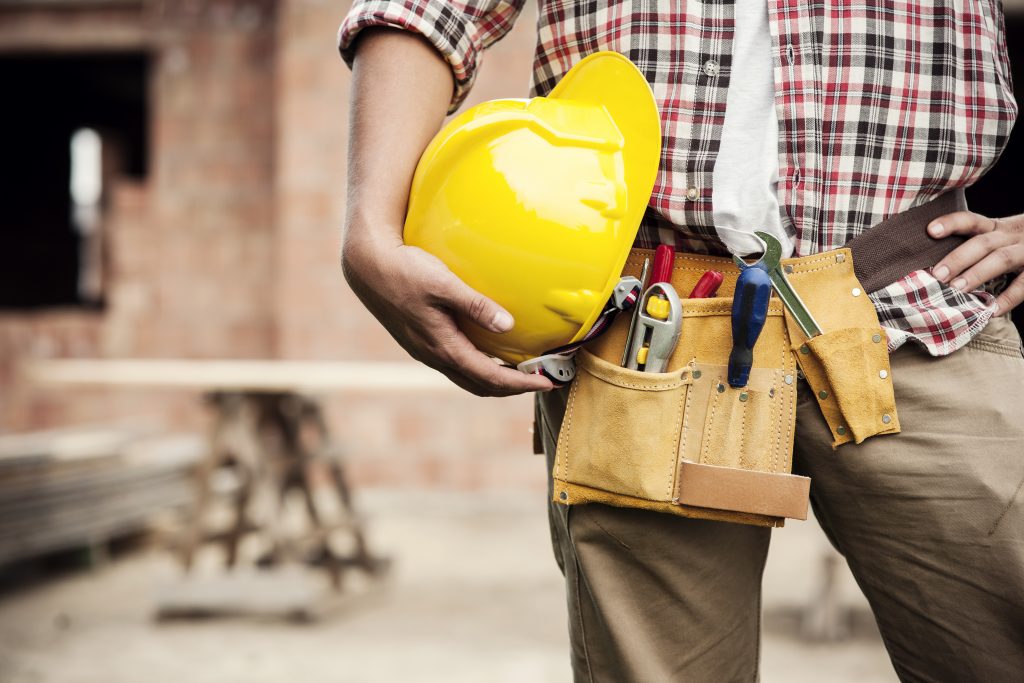The act of excavation is one of the first steps in any building construction. It involves digging deep into the ground to lay down the foundation, reach pipings, or simply conduct repairs.
However, like any construction processes, you need to observe property safety and guidelines. To ensure a safe excavation process, you should install temporary fencing you can get from firms such as Superfence and a warning sign, among others.
Below are the most important excavation safety tips you need to undertake.
Survey the Area
This should be the first thing you do when you reach the workspace and the last thing you inspect before you leave after a day’s work. Regular daily inspection can help you identify problem areas and minimise the risk in the workplace.
Promote Safe Access
Authorised workers should be able to come in and out of the work area safely. You can do this by checking the proximity of the overhead services and ground strength for access routes.
Identify Hazards and Risks
Along with a regular survey of the area, you should implement hazard and risk assessments, as well as identify safety and health issues so you could incorporate the necessary safety measures. An escape and emergency plan is always an integral part of safety guidelines.
Protect the People
Workers should have the right personal protective equipment (PPE) along with proper fencing and labels to warn the public that an excavation process is undergoing. Protecting both your workers and the public should always be a priority.
Train Your Workers
Employees should know how to handle different situations and should be able to respond properly in case of emergency in the workplace.
You should never compromise the safety and protection of your workers and the public. Following proper excavation, guidelines do not only keep the workplace safe, but it can also reduce the risk of accidents and mishaps.

